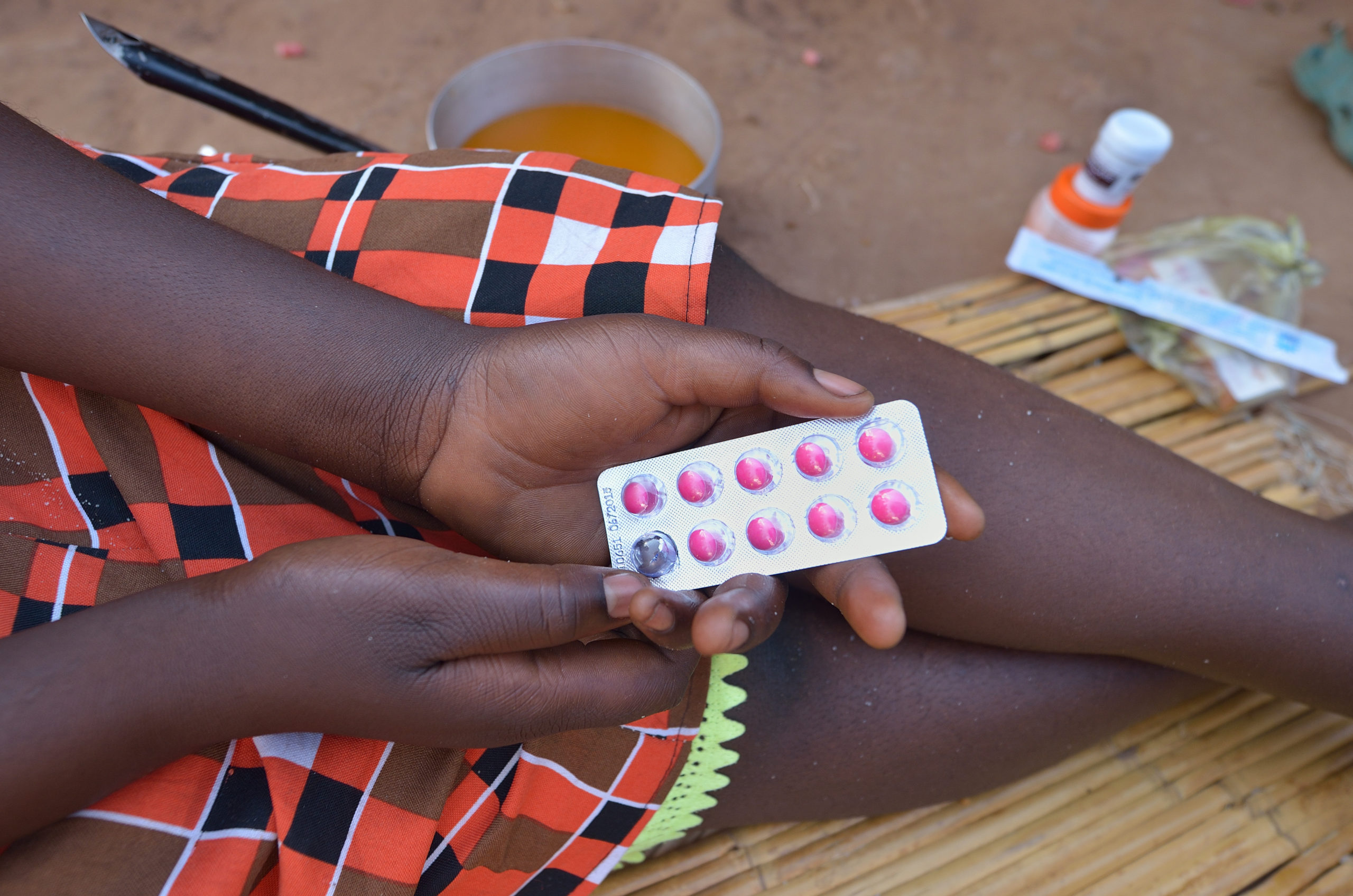Opinion: How to oppose the menace of antimicrobial resistance
This article was published in Devex 20 January 2020. Opinion by Serufusa Sekidde.
Despite its magnitude, lack of access to antibiotics is a largely overlooked public health issue. 5.7 million people, including 1 million children, are dying annually from antibiotic-treatable conditions because they cannot access the necessary antibiotics in time.
When I worked as a front-line doctor in South Sudan, I saw firsthand how lack of antibiotics threatened lives and the core foundations of modern medicine. I distinctly remember Adut, a teenager living in a small village in the south of the country, who developed a severe bacterial infection in her womb following a miscarriage. The local health center did not have the antibiotics she needed, and it took several days for her to travel to our hospital to get them. By the time she arrived, it was already too late: Her uterus had become septic and she had to have surgery to remove it. While Adut’s life was saved, she was told that she would never be able to become pregnant again.
To increase access to antibiotics to avoid what happened to Adut happening to others, we need a three-pronged approach: increase the availability of antibiotics, ensure they are appropriately used, and partner with relevant stakeholders to remove barriers to access.
Here is how.
First, to increase availability, we need to ensure that any novel antibiotics we research and develop are registered in more countries. Of 21 newly developed antibiotics between 1999-2014, less than five were registered in the majority of countries in sub-Saharan Africa. Pharmaceutical companies should work with all stakeholders to ensure registration costs are not a barrier. Once medicines are registered, they should also be made available. In some Indian states, antibiotics are only available in public health facilities half of the time. In Europe and North America, medicine shortages have reached an all-time high.
For both novel and off-patent antibiotics, we must ensure that disruptions to supply chains do not adversely impact their access. Businesses frequently experience disruptions in their supply chains, ranging from supplier delays due to capacity and operational constraints as well as shortages in active pharmaceutical ingredients. Any manufacturing delays impact the downstream stages of production, ultimately leading to shortages and stock-outs.
Many of these shortages and stock-outs are a consequence of the consolidation of manufacturing of raw materials for antibiotics around a few companies, many of which are in China or India. For example, an explosion at a Chinese factory in 2016 triggered an ongoing global shortage of the key broad-spectrum antibiotic piperacillin tazobactam in a number of countries, from high- to low-income.
Secondly, we need to ensure that all antibiotics available on the market are of high quality and appropriately used. One in 10 medical products in low- and middle-income countries are estimated to be substandard or falsified, undermining access to high-quality drugs and further contributing to the spread of drug-resistant infections. Companies are, therefore, investing in preemptive measures, such as tamper-proof packaging, product serialization, and the establishment of anticounterfeit teams.
To ensure appropriate use, we need to promote best practices in prescribing and dispensing. It is exciting to see the life sciences industry engaging in antimicrobial resistance public education and sharing research and development information to support innovation and surveillance data to track resistance.

